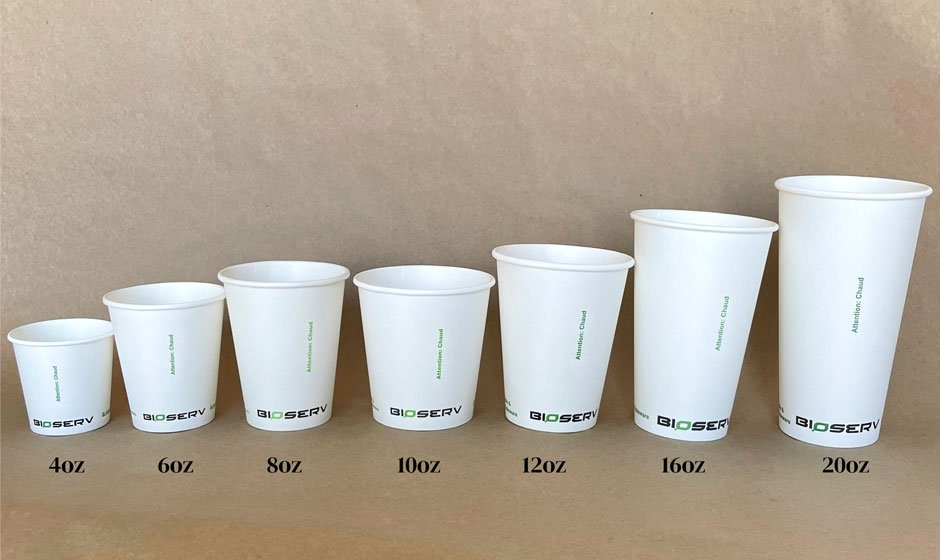Conversions: 3 Cups to Ounces and More

Introduction
The ongoing coronavirus pandemic has prompted many individuals to explore new hobbies while adhering to stay-at-home orders and other restrictive policies. Baking, in particular, has emerged as a popular activity, with over 30% of consumers turning to it as an act of self-care during these challenging times, as reported by The Hershey Company.
Even those who are not expert bakers have found themselves spending more time in the kitchen. In fact, a survey conducted by Statista reveals that 44% of Americans surveyed stated they were cooking more frequently in 2021, and 31% reported experimenting with new recipes.
Whether you are a beginner in the kitchen or a seasoned chef, having quick and easy conversions at your fingertips is essential for seamlessly progressing through a recipe. In this article, we will explore various conversions, focusing on the question: “How many ounces in a cup?”
Understanding Conversions: Cups to Ounces and More
To facilitate accurate measurements, it is crucial to understand conversions between different units of measurement. Here are some common conversions that will assist you in your culinary endeavors:
How Many Ounces in a Cup?
Let’s address the main question: “How many ounces are in a cup?” The conversion rate for cups to fluid ounces is 8 fluid ounces in one cup. Therefore, if you have 3 cups, you can calculate the equivalent in ounces by multiplying 3 by 8, which gives you 24 fluid ounces. Hence, 3 cups is equal to 24 fluid ounces.
Exploring Other Conversions
While we have covered the conversion from cups to ounces, it is beneficial to familiarize yourself with additional conversions frequently encountered in cooking. Here are some important conversion rates:
Gallon to Ounces
If you ever need to convert gallons to ounces, remember that there are 128 fluid ounces in a gallon. This conversion is particularly useful when scaling up recipes or dealing with larger volumes.
Pint to Ounces
For moderate quantities, pints are commonly used. To convert from pints to ounces, keep in mind that there are 16 fluid ounces in a pint. This conversion will help you navigate recipes that call for pint measurements.
Quart to Ounces
Quarts are another common unit of measurement in cooking. To convert from quarts to ounces, remember that there are 32 fluid ounces in a quart. Understanding this conversion will prove valuable when working with recipes that require quart measurements.
Teaspoon to Ounce
Precise seasoning and ingredient measurements often require the conversion between teaspoons and ounces. One ounce is equivalent to 6 teaspoons. This conversion becomes particularly useful when working with spices and other small quantities.
Tablespoon to Ounce
Tablespoons are frequently used for recipe measurements, especially when dealing with liquid ingredients. To convert tablespoons to ounces, remember that 2 tablespoons make up one ounce. This conversion will ensure accurate proportions in your dishes.
Expand Your Culinary Knowledge
In addition to mastering conversions, expanding your culinary knowledge can greatly enhance your cooking skills. Here are some intriguing cooking tips and facts to further enrich your culinary journey:
- Can you put foil in an air fryer?: Discover the dos and don’ts of using foil and wax paper in your air fryer.
- Cooked chicken leftovers: Learn how long cooked chicken remains safe to eat when stored in your fridge.
- How long to grill chicken breast?: Discover the best and safest methods for grilling chicken breasts to perfection.
- Can you refreeze meat?: Gain insights into the proper techniques for refreezing meat to ensure optimal quality and safety.
- Did someone say cake pops?: Follow a step-by-step guide to creating delectable cake pops at home.
By familiarizing yourself with these cooking tips and facts, you will become a well-rounded culinary enthusiast, equipped with the knowledge to tackle any recipe with confidence.
Conclusion
Understanding conversions is crucial for precise and successful cooking. We have delved into the conversion from cups to ounces and provided additional conversion rates to expand your culinary repertoire. By mastering these conversions and continuously expanding your culinary knowledge, you will become a skilled and confident home chef. Happy cooking!



